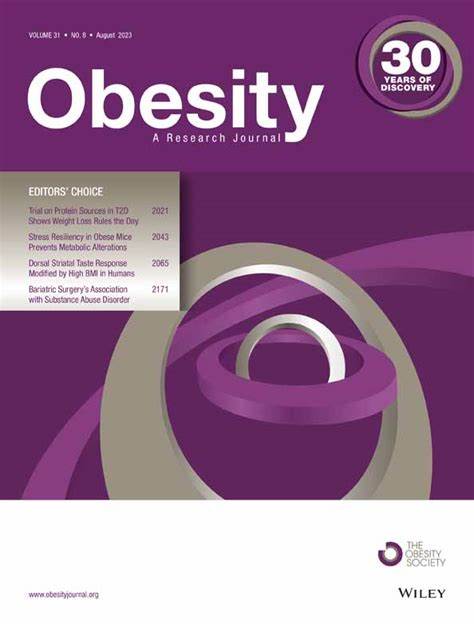The objective of this study was to study how acid accumulation (lower plasma bicarbonate and higher anion gap [AG] and corrected anion gap [CAG]) correlates with metabolic parameters, food intake, and 24-h energy expenditure (EE).
Acid accumulation was measured in 286 healthy adults with estimated glomerular filtration rate > 60 mL/min/1.73 m2. Measurements included body composition by dual-energy x-ray absorptiometry scan, ad libitum energy intake by a vending machine paradigm over 3 days, and 24-h EE in a whole-room indirect calorimeter.
Lower bicarbonate, higher AG, and higher CAG were correlated with higher waist and thigh circumferences, body fat (percentage), fat mass, triglycerides, and lower high-density lipoprotein cholesterol. Acid accumulation markers were correlated with higher total energy (CAG partial r = 0.17; p = 0.02), fat (CAG partial r = 0.17; p = 0.02), protein intake (CAG partial r = 0.20; p = 0.006), and 24-h EE (CAG partial r = 0.24; p = 0.0007). A mediation analysis of CAG and total energy intake found that 24-h EE was a partial mediator (40%), but the association remained significant (β = 0.15; p < 0.0001).
In healthy individuals, acid accumulation was associated with an unfavorable metabolic phenotype; higher 24-h EE; and increased total energy, fat, and protein intake. Acid accumulation markers, as putative markers of higher dietary acid load (e.g., from protein), may affect energy balance physiology promoting weight gain.


